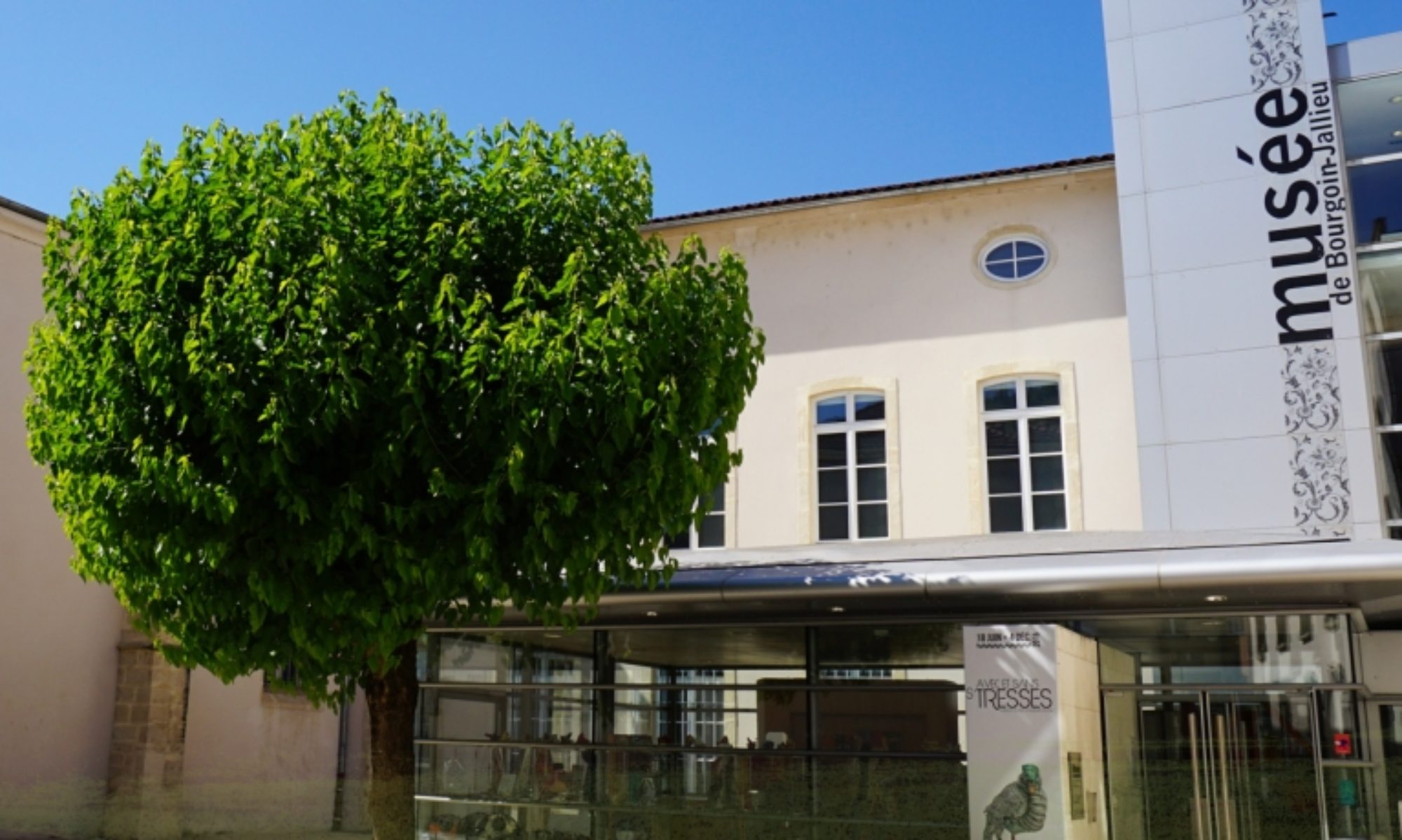This piece of tin pottery, dated 1700, was acquired by the museum in October 2006. It was donated by the Friends of the Museum. The flagon, purchased from an antique dealer, belonged to an old family from Lyon.
It is a valuable piece for the museum, which in addition to its interest in textiles and fine arts, also carries out a mission of conservation and promotion of local heritage.
Tin pottery: some notes
Tin was the first metal exploited by humans, as early as prehistoric times. In the early days, its use was limited to a few domestic objects, such as bowls and jewelry, being too soft for use in weapons. But after the discovery of copper 6000 years ago, it could be alloyed to create bronze, enabling the production of very hard elements, such as arrowheads and knives.
Throughout antiquity, however, pure tin was still used to make soft metal objects for everyday use. The use of tin at the table and in kitchens was common among certain peoples, such as the Celts and Romans. It was then developed during the Middle Ages, mainly in religious communities, monasteries and convents, which preserved the art of working it. Tin could be found in objects of worship, but also in the everyday utensils of domestic life.
The 16th c. marked the advent of the tin potter’s trade guild, and led to a revival of the craft. Production focused on crockery, medical instruments, buttons and buckles for clothing, and children’s toys. This golden age continued under Louis XIV, following the edicts of 1689 and 1708, which required all subjects to hand over their gold and silver tableware to the king so that it could be melted down to replenish the kingdom’s coffers, which had been emptied by a series of wars. This is how tin pottery made a name for itself and came to adorn the tables of the aristocracy and the upper French bourgeoisie.
Tin was abandoned in the 19th century in favor of ceramics and porcelain, which were cheaper and easier to produce.
Wine flagons
Under the Old Regime, tin was commonly used to make flagons, which were used as wine measures.
Indeed, while the measurement system was relatively consistent in France until the reign of Charlemagne, from the ninth century onwards, a multitude of new measurements appeared, established by feudal lords, both lay and religious. These varied greatly from one region to another, from one city to another, from one seigniory to another, and from one product to another. Some were based on the body (thumb, finger, fist, arm, foot, step…), others on work (sickle, newspaper), still others on transport (donkey, load, bag, barrel)… The complexity also stems from the fact that the same denomination, the foot, for example, corresponds to around twenty different lengths depending on the location and the trade. Thus, in Paris, the merciers, drapers and cloth merchants each had their own standard. Many French kings, recognizing the problem, tried to standardize these measures. But more often than not, the central government simply sought to impose the standards of the Paris measures, without justification, and failed in their efforts each time.
Concerning the measurement of wine, the most widely used standard by merchants at the time was the pint. This equalled 0.9305 liters in Paris. But each region, and often each city, had its own measuring flagon, defined according to a precise model, a standard generally kept under the supervision of the magistrates. All measuring flagons sold and used conformed to this standard and were stamped with a distinctive seal. There are several types of stamps:
– Master stamps, a requirement for master potters starting in 1382, which made it possible to identify their work.
– Quality control stamps for tin. Their standardization came about only in the 17th century with the royal edicts of 1643 and 1691. This round stamp must include the date, the name of the city and a letter indicating the quality of the alloy: a crowned C for common tin, which guarantees a content of 80 to 90 % tin; and a crowned F for fine tin, which indicates a content of 90 % tin. This stamp is issued by the offices of “tester-controllers of tin works”.
– Gauging stamps, issued by royal or seigneurial authority, which authorize the use and sale of measuring flagons. This stamp is affixed under the supervision of a magistrate who checks its accuracy using the gauge, which is stored in a secure location.
The capacity of the measuring flagons is therefore precise, but varies according to the region as well as in shape. There are a few basic types.
The Bourgoin-Jallieu flagon
Our flagon has a truncated cone shape, typical of Lyon. Lyon was one of the leading centers of tin production as early as the Renaissance, producing a standard model of measurement that was taken up by several neighboring regions. Thus, measuring flagons of this type could be found in the towns of Crémieu, Montluel and Vienna. This is the first known example in Bourgoin.
The base of the flagon is cylindrical and slightly concave. Its capacity is 112.50 cl. It has a flat lid in the shape of a fig and a flat S-shaped handle. It is decorated with two buds on the spout and features engraved threads on the body and lip. Marks from the lathe can be seen in some places on the bright plated metal. The Bourgoin stamp on the lid allows us to date it to the year 1700.
Standardization of measurements
In 1789, ” one weight and one measure ” was one of the demands recorded at the Estates General. The task of establishing a universal, invariable, reproducible and verifiable measurement standard was entrusted to a commission of the Academy of Sciences in 1790.
In 1793, a decision was made for “the ten millionth part of the quarter of the terrestrial meridian” (i.e. the distance separating the North Pole from the equator): this is the origin of the meter. The meridian itself measures 40 million meters, or 40,000 km. With the basic unit of measurement having been determined, it was then just a matter of establishing all the resulting units: the square meter, the cubic meter, the liter, the gram… This was the adoption of the decimal metric system. All other units and measures were abolished.
The adoption of decimal measurements thus gradually put an end the great variety of regional styles of wine flagons. Cylindrical uniformity came to replace the many variations of body styles (truncated cones, balusters, shoulders, etc.), lids (acorns, buds, leaves, etc.), and the shapes of the base and beaker.

